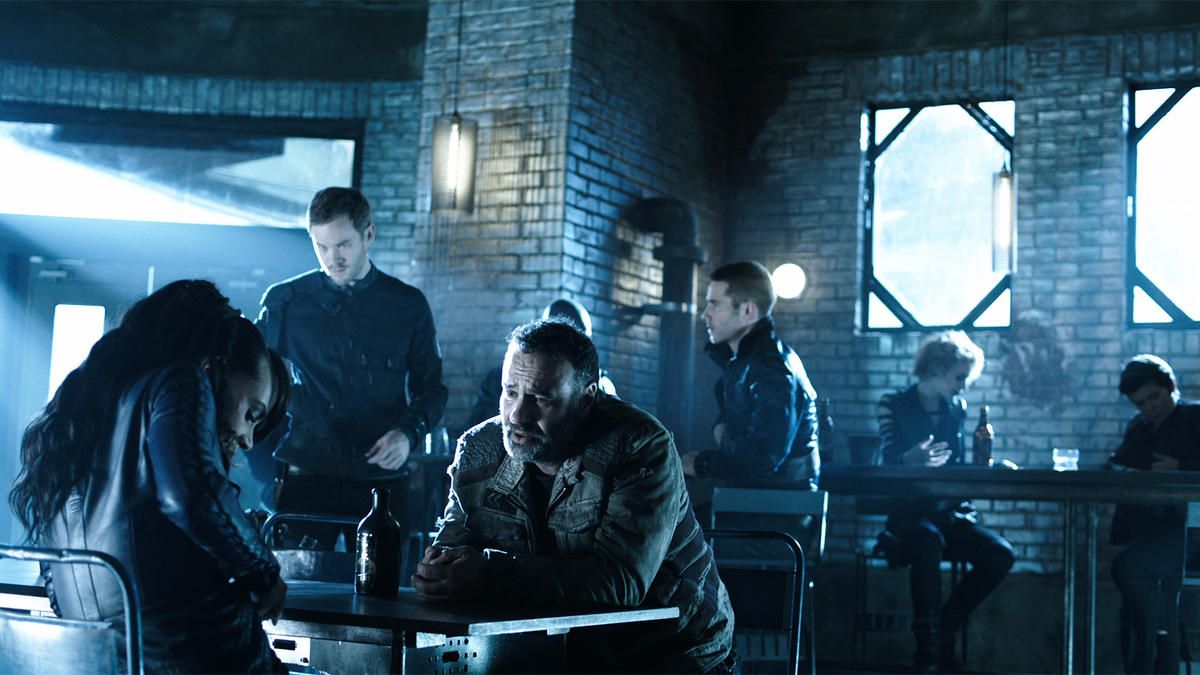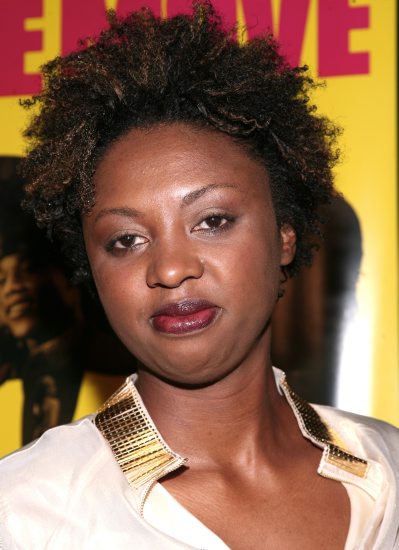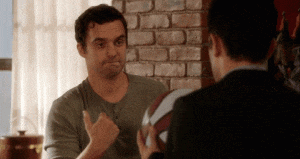Cochran, B. (2011). WOMEN’S ROLE IN MEDIA: BUILDING TOWARD AN EQUITABLE FUTURE. Medijske Studije = Media Studies, 2(3), 94-99. Retrieved from http://prx.library.gatech.edu/login?url=https://search.proquest.com/docview/1954227223?accountid=11107
Cochran celebrates the progress that women have made in the media but also stresses the need for improvement for women in media on both the national and international stage. She gathers statistics and presents them in order to support these claims of progress and necessity for improvement. The value of this article lies in its concentration on the advancement of women in the media through showcasing examples of fair representation of women in the media Additionally, the presentation of precise paths through which women can advance their role within the news as well as ways the companies should be facilitating this growth is very worthwhile. Although this source does not contain a specific study, it contains firsthand accounts of Cochran’s experience of being part of the International Women’s Media Foundation from the beginning which has likely expanded her viewpoint and enabled her to give insight into the media’s representation of women in other countries which enriches the conversation of media coverage in the United States through facilitating comparisons between the two.
Desmond, R., & Danilewicz, A. (2010). Women are on, but not in, the news: Gender roles in local television news. Sex Roles, 62(11-12), 822-829. doi:http://dx.doi.org/10.1007/s11199-009-9686-5
This source aims to reveal gender bias in terms of who gets what type of stories, who gets lead stories, and who gets cited as expert sources. Desmond and Danilewicz hypothesized that in all of these aspects women would get the short stick. This source is arguably the best out of these six sources for several reasons. Desmond and Danilewicz convey the importance and implications of their study for young women: if young women only see women presenting certain types of stories, it will affirm gender roles and possibly limit these female viewers’ idea of what they are capable of. The source goes to great depth to draw comparisons between their research and past studies as well as bringing in both statistical and personable details to further ground their research in. In addition to an in depth description of the methodology, the study’s results are explained very clearly, and any hypothesis not completely supported is readily rejected. The study’s results express that female and male anchors and reporters are equally represented in terms of their numbers, but females are pigeon-holed into almost exclusively reporting stories about health and human interest whereas men get the meatier, tougher topics like politics. Additionally, male experts are more likely to be cited than females. This is a highly efficient source for depicting both the successes and failures of gender representation in local television news.
Engstrom, Erika, and Anthony J. Ferri. “From Barriers to Challenges: Career Perceptions of Women TV News Anchors.” Journalism and Mass Communication Quarterly, vol. 75, no. 4, 1998, pp. 789-802. ProQuest, http://prx.library.gatech.edu/login?url=https://search.proquest.com/docview/216926995?accountid=11107.
Engstrom and Ferri focus on discerning what local female anchors identify as their greatest career barriers based on a well-developed survey that received 128 responses. The article also compares the results of this 1990s survey to a similar survey conducted in the previous decade. Engstrom and Ferri conclude that the main obstacle females anchors face within their careers is the focus on their physical experience as well as the difficultly of balancing work and family life. This peer-reviewed source is valuable because it goes into great depth to establish the history of female news anchors and what they struggled with in order to compare that with what current female anchors face. The article meticulously explais how the survey was constructed and affirms that the survey was conducted by random sampling. Additionally, the authors are very transparent in pointing out that the results cannot necessarily be generalized to the larger population due to its small sample size. Despite the small sample size, the article is beneficial in the way that it presents both the assenters and dissenters viewpoints equally, and the personal quotes given even if just anecdotal, give life and insight to how real women feel about gender representation and equality (or lack thereof) in their industry.
Grubb, M. V., & Billiot, T. (2010). Women sportscasters: Navigating a masculine domain. Journal of Gender Studies, 19(1), 87-93. doi:http://dx.doi.org/10.1080/09589230903525460
This article is an assemblage of quotes and stories from a collection of interviews in order to expose the harsh, unwelcoming environment that female sportscasters much traverse in order to be a part of the field. This exposure is supposed to serve as a call to action to change the culture surrounding sports and the treatment of women. The article briefly accounts the tales of the groundbreaking women who first made a space for women in sportscasting. The value of this study cannot be found in statistics or an in-depth experiment; it is found instead in the worth of personal and genuine accounts of female sportscasters vocalizing the struggles, the mistreatment, the injustice they face on a daily basis. Because of its lack of concrete facts, this source cannot stand alone, but it definitely has the potential to be a powerful piece when paired with statistical data that proves the lack of representation of females in this industry along with a wide-spread analysis of how women sportscasters feel about their jobs. In other words, due to its anecdotal nature, all the points made in the source cannot necessarily be generalized to the entire industry, but it can make for a great supplemental piece and possibly provide a face for the facts.
Mudrick, M., Burton, L. J., Sauder, M. H., & Lin, C. A. (2018). Sportscasting success: Varying standards may apply. Journal of Sports Media, 13(1), 49-73. Retrieved from http://prx.library.gatech.edu/login?url=https://search.proquest.com/docview/2056814931?accountid=11107
The argument of this article is that female sportscasters face double-standards and are limited by gender roles that influence the audience’s perception of them. The article supports its claim by citing examples of the social role theory and then expounding on how these persistent gender roles and stereotyping specifically affect female sportscasters. The value of this article is not so much found in the actual study it conducts (analyzing comments made during a sports debate between a female and male broadcaster), but more so in its explanation of gender roles and its analysis of how they shape the way audiences think. However, one very beneficial element of the study is how it illustrates the way that viewers will comment that a man is more knowledgeable without having any examples to support that assumption. Some commentators explicitly say they find men more trustworthy in this realm which all just goes to exemplify the stagnant presence of gender typing in society. This article does well at specifying the lack of women represented in sports media along with their unique struggles. Within the article, the limitations of the study are acknowledged which strengthens its sense of reliability.
Price, C. J., & Wulff, S. S. (2005). Does sex make a difference? job satisfaction of television network news correspondents. Women’s Studies in Communication, 28(2), 207-234. Retrieved from http://prx.library.gatech.edu/login?url=https://search.proquest.com/docview/198297768?accountid=11107
The article makes a subdued argument of the need for “improvement of women’s roles in network television” through its quantification of the differences between job satisfaction of males and females in network television. After measurements based on several different factors (age, salary, amount of experience), the article concludes that overall women are less satisfied than men with their jobs. Despite looking for differences between males and females, the article speaks to the fact that on many aspects of the survey women and men have very similar responses. The value of this article can be found in its extensive detail of the history of the dynamic between men and women in national news networks, its multitude of references to other studies and analyses to bolster its own findings, and the statistical presentation of the data. This article is a great supplement to Engstrom and Ferri’s article because it can better highlight the significant differences between sexes in the workplace due to its comparison of both male and female responses. Although this article provides a bountiful amount of statistical data along with some qualitative material, gender representation seems to only play a minor portion.











